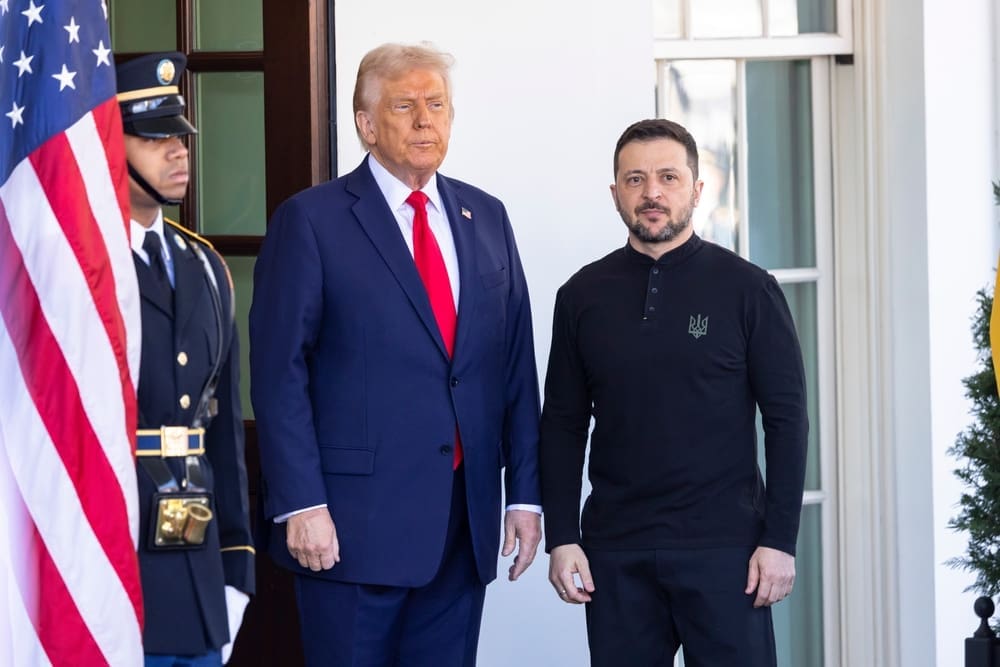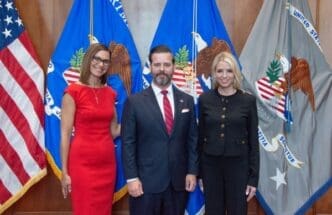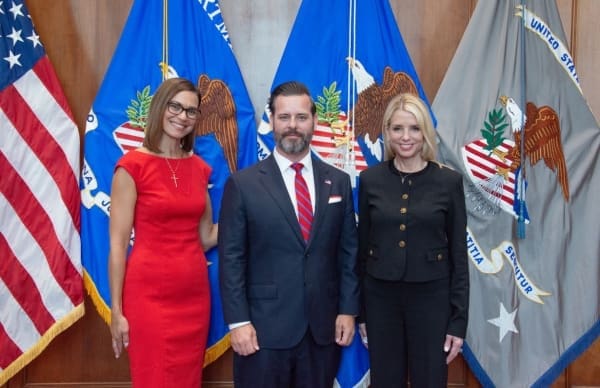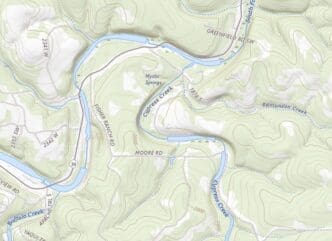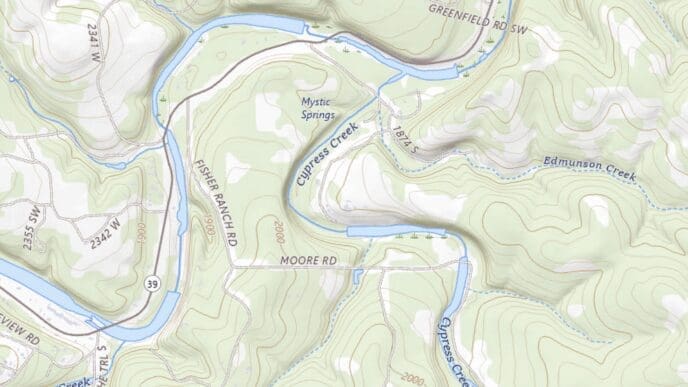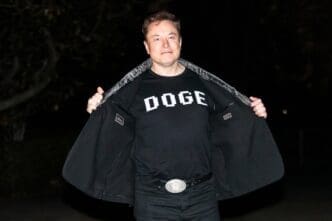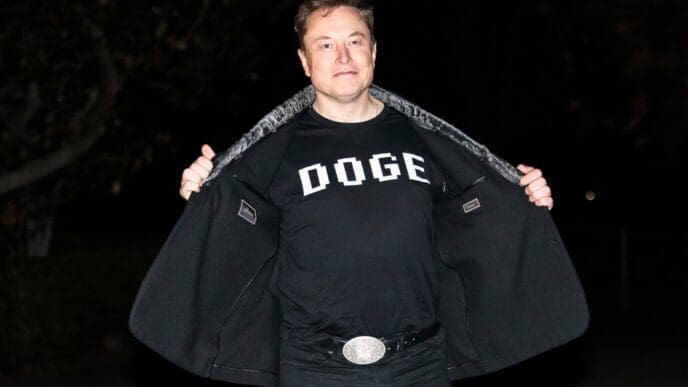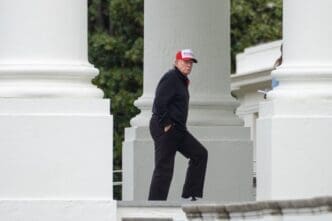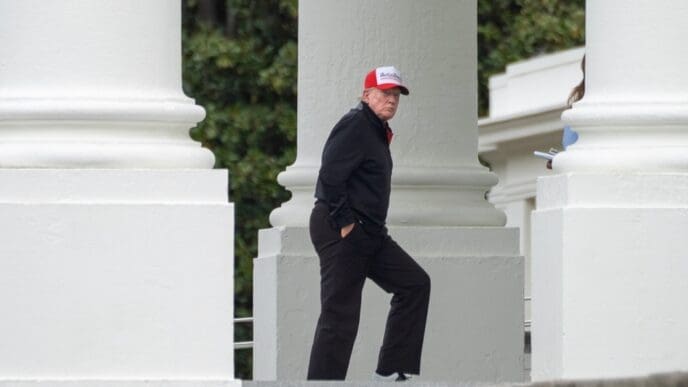The Vatican is meticulously preparing for the funeral of Pope Francis, scheduled for Saturday, ensuring the ceremony aligns with the late pontiff’s wishes for a modest and simple event. Amid current geopolitical tensions, special consideration is being given to seating arrangements for the 170 international delegations to prevent any diplomatic issues from arising during the commemoration.
Similar to the funeral of Pope John Paul II in 2005, most delegations will be seated alphabetically, based on the French language. This arrangement will place President Donald Trump of the United States between representatives from Eswatini and Ethiopia, rather than next to Ukrainian President Volodymyr Zelenskyy. French President Emmanuel Macron, a recent critic of Trump, will be seated nearby. This method aims to avoid potential diplomatic discomfort, which might have occurred if an Italian alphabetical order had been used, placing Trump and Zelenskyy in closer proximity.
Zelenskyy has expressed interest in meeting with Trump on the sidelines of the ceremony, marking their first potential face-to-face encounter since a challenging visit to the White House earlier this year. While no meeting has been confirmed, informal discussions between the two leaders in Rome are not ruled out. Additionally, EU leaders Ursula von der Leyen, António Costa, and Roberta Metsola are considering bilateral talks following the ceremony.
Although most seating will follow the alphabetical order, exceptions have been made. Representatives from Italy and Argentina, Pope Francis’ homeland, will occupy front-row seats. Argentine President Javier Milei is expected to arrive in Rome by Friday morning to pay his respects, despite past tensions with the pontiff. Italy will have the largest national delegation, including President Sergio Mattarella, Prime Minister Giorgia Meloni, and other high-ranking officials.
Seating will follow a specific hierarchy, with Catholic royal houses, the Grand Master of the Order of Malta, non-Catholic royal houses, and government representatives occupying subsequent rows. Heads of state will be seated first, followed by heads of government, ministers, and ambassadors. Civil authorities will be positioned on the right side of the parvis of St. Peter’s Basilica, with cardinals aligned at the entrance.
Representing the UK, Crown Prince William of Wales will attend alongside Prime Minister Keir Starmer. Royals from Belgium, Sweden, Norway, and Monaco will also be present. However, Spain’s Prime Minister Pedro Sánchez will be absent, though King Felipe and Queen Letizia will attend with three ministers. The Dutch royals will not attend due to the coinciding celebration of King’s Day.
Notable absentees include Russian President Vladimir Putin and Israeli Prime Minister Benjamin Netanyahu, both subject to international arrest warrants for war crimes. Despite speculation, Italian authorities have confirmed that Putin would be arrested if he attempted to visit. Russia will instead be represented by Culture Minister Olga Lyubimova, while Israel will send its ambassador to the Holy See, Yaron Sideman.
Attendees have been advised on the dress code: men should wear a dark suit with a long black tie and a matching badge on their left lapel. Women are expected to don a black dress with gloves and a veil, with a string of pearls as the only permitted ornamentation.

